Effective models
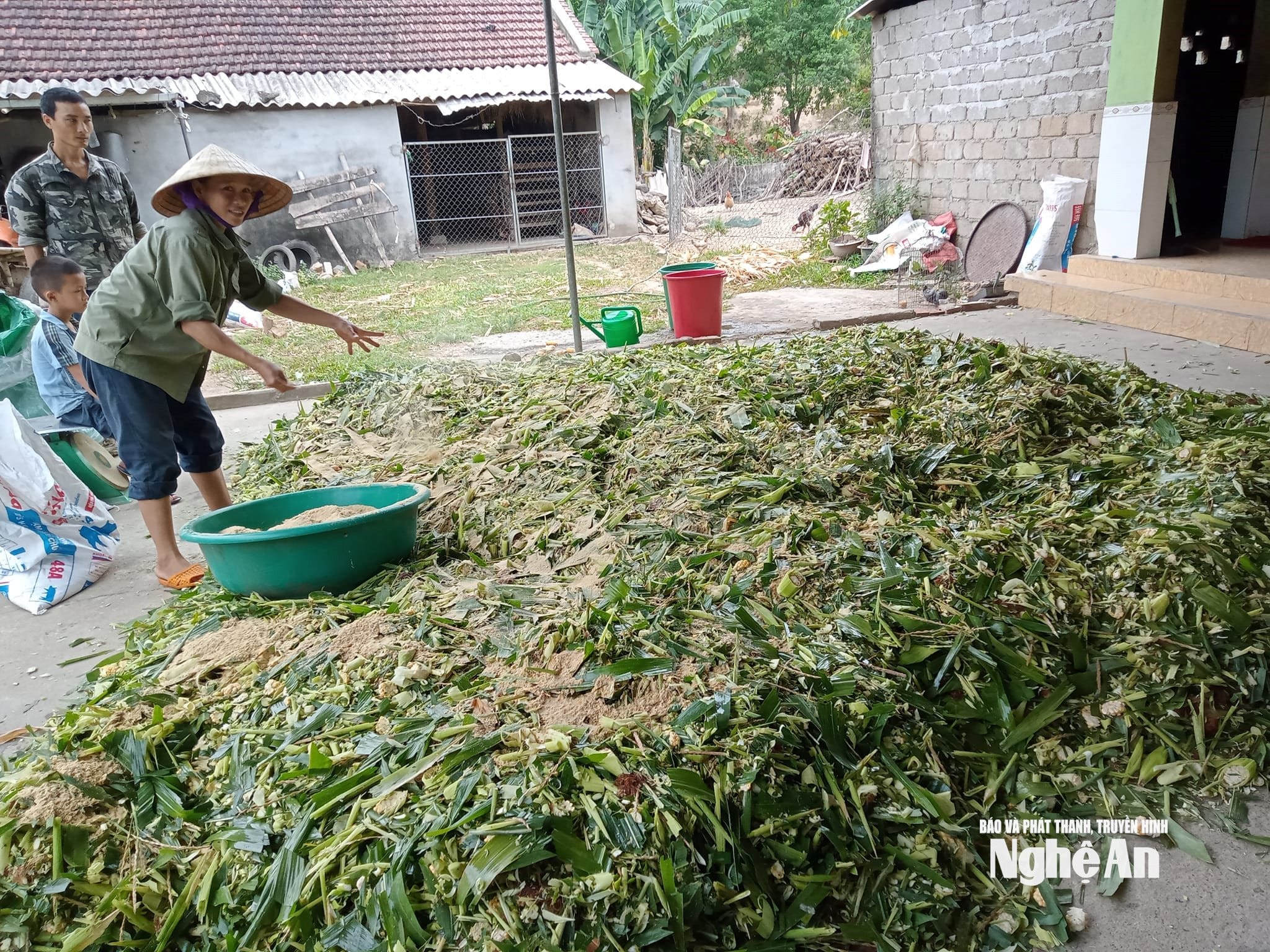
In recent years, along with training programs and technology transfer from the agricultural sector, the awareness of Nghe An livestock farmers on biosafety has changed significantly. From small-scale, spontaneous livestock farming, many households have now proactively applied a closed model, utilizing by-products and microorganisms to treat waste, creating natural food sources.
In Dong Hieu commune, Mr. Nguyen Sy Khuong, a farmer member of Xuan Hai hamlet, is one of the pioneers in raising earthworms to treat livestock waste. Taking advantage of pig and chicken manure and leftover food, he built a worm pond right next to the barn, both to eliminate odors and to create protein-rich food for livestock.
“Every month I save about 500,000 VND on industrial feed, chickens and pigs are healthier, and their meat is much more delicious,” Mr. Khuong shared. Earthworms not only help clean the environment but also create more output, helping to create a closed-loop, waste-free farming system.
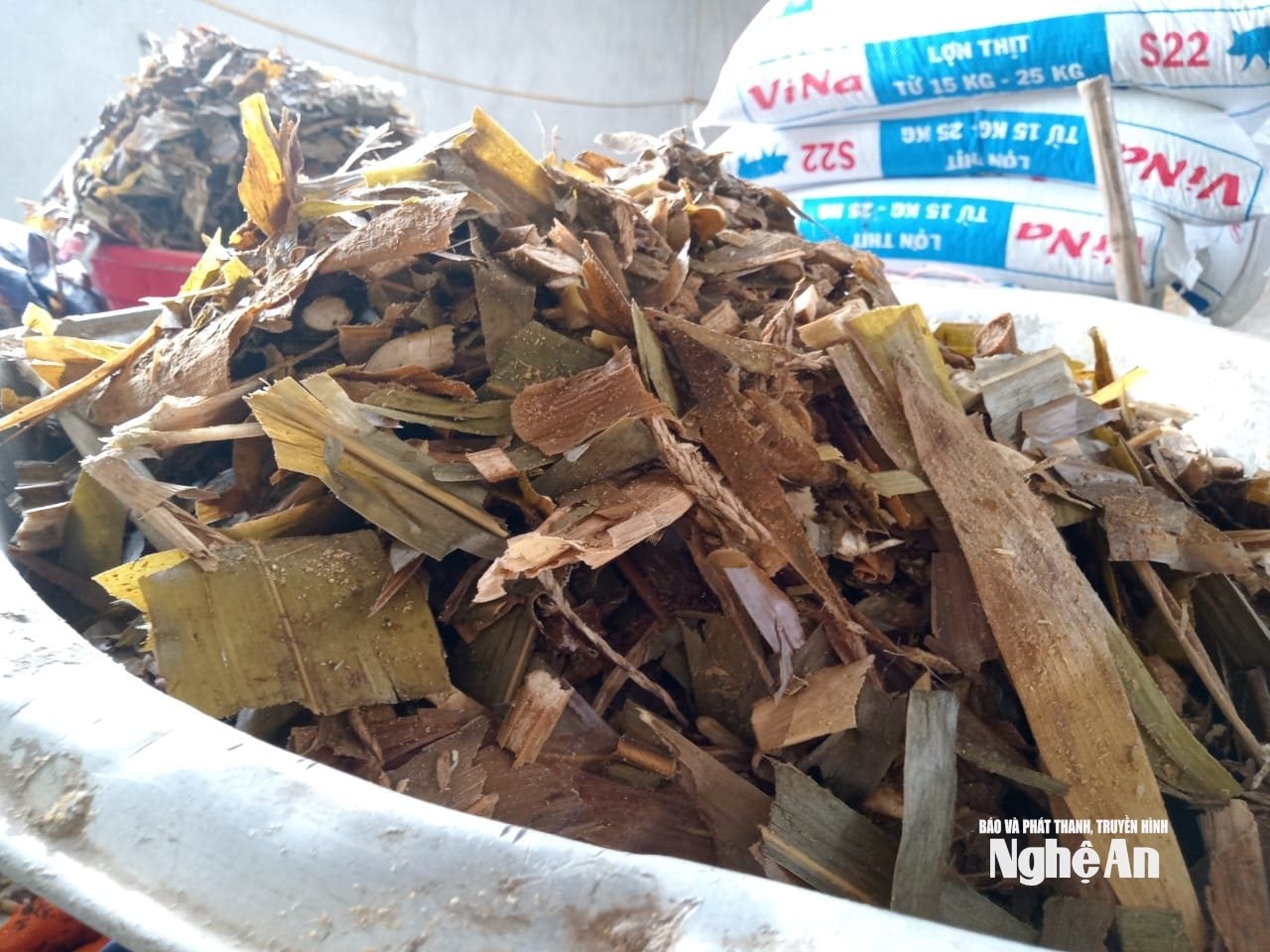
In Kim Lien commune, Mr. Tran Hoai Nam combines two models of raising earthworms and calcium worms. With 10 pigs and 200 chickens, he applies the process of treating manure and organic waste with these two "biological workers".
“Calcium worms contain more than 40% protein, 5% calcium, and are a nutritious food source for chickens and pigs. The barns are almost odorless, significantly reducing cleaning work, and worm manure is also very good for fertilizing vegetables,” said Mr. Nam. Thanks to that, the livestock are healthy, gain weight quickly, feed costs are reduced, and profits are about 20% higher than before.
Not only making use of by-products, many households also pay attention to treating the environment of the barn. The biological bedding model of Mr. Nguyen Van Minh, Van An commune, helps the chicken coop stay dry, odorless, and reduces cleaning work. After each batch, the bedding is recovered as organic fertilizer for rice and vegetables, significantly saving on chemical fertilizer costs.
Meanwhile, in Tay Hieu ward, Mr. Nguyen Trong Hung has been successful with the model of fermenting crop by-products as feed for goats. Using grass, sugarcane leaves, corn and instructions from the Farmers' Association, he fermented the by-products, helping his herd of 100 goats stay healthy, reducing intestinal diseases, saving 30-35% of feed costs. Currently, 105 households in Phu Tan hamlet have learned and replicated the model.
.jpg)
Not stopping at biological engineering, Nghe An is also a pioneer in applying Blockchain technology to safe livestock farming. The Provincial Agricultural Extension Center cooperated with a number of businesses to pilot the model in Do Luong commune, applied to the chicken farming chain. Commercial chickens are assigned a unique QR code, containing full information about the breed, feed, care process, vaccination, time of sale, etc. All data is automatically updated to the electronic system, helping consumers easily trace the origin with just one scan of the code.
According to Mr. Nguyen Dinh Hoa, an officer of Nghe An Agricultural Extension Center: "Blockchain application helps ensure absolute transparency, data cannot be edited, creates trust for consumers and facilitates the building of Nghe An clean agricultural product brand".
Initially, products of households participating in the model were consumed faster, with prices 10-15% higher than products without traceability codes. From this success, the model is being replicated in other localities, aiming to form a digital livestock network and traceability throughout the province.
Inevitable trend during epidemic period
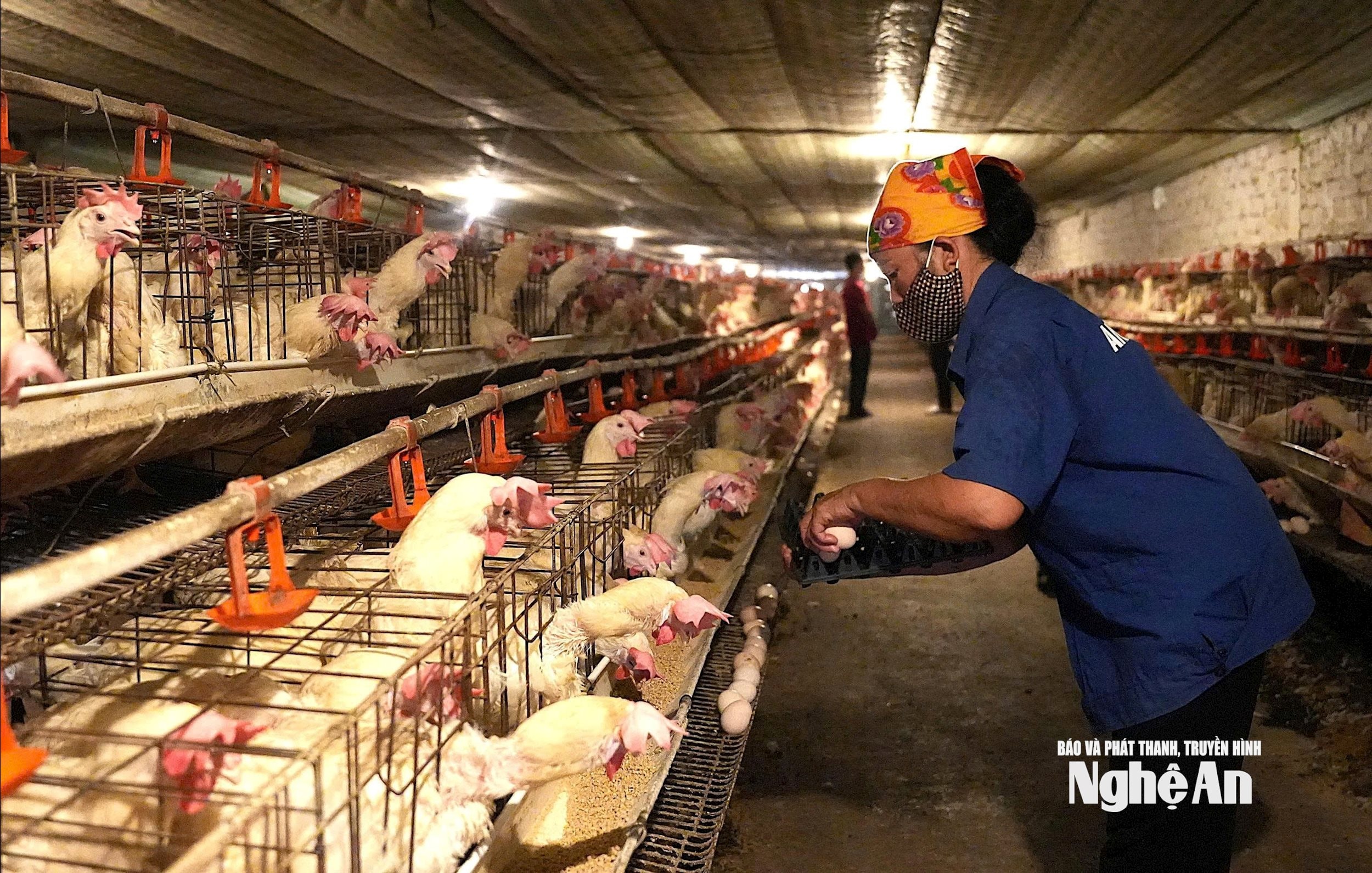
In fact, African swine fever, avian influenza, foot-and-mouth disease, etc. have caused great losses to Nghe An's livestock industry in recent years. The main reason is that most households still raise livestock on a small scale and do not comply with biosafety procedures. Pathogens can easily enter from unsanitary barns, lack of disinfection pits, unseparated farming areas, and lack of separate tools and protection.
According to Mr. Hoang Dinh Thuan, Chairman of the Farmers' Association of Van Hien Commune: "Only when people are aware of the importance of biosafety and proactively change their farming practices can they control diseases and improve product quality." After the "Environmentally friendly farming" project was implemented, more than 50% of chicken raising households in Van Hien Commune have switched to using biological bedding, composting organic fertilizers and fermenting by-products. Thanks to that, the barns are clean, the bad smell is almost gone, and economic efficiency has increased by 15-20%.
According to experts, applying biosecurity is not difficult, just follow the "4 yes": Have fences and nets to cover the farming area; have separate tools; have labor protection; and have a disinfection pit. When these rules are strictly implemented, diseases are controlled, productivity is stable and products meet safety standards.
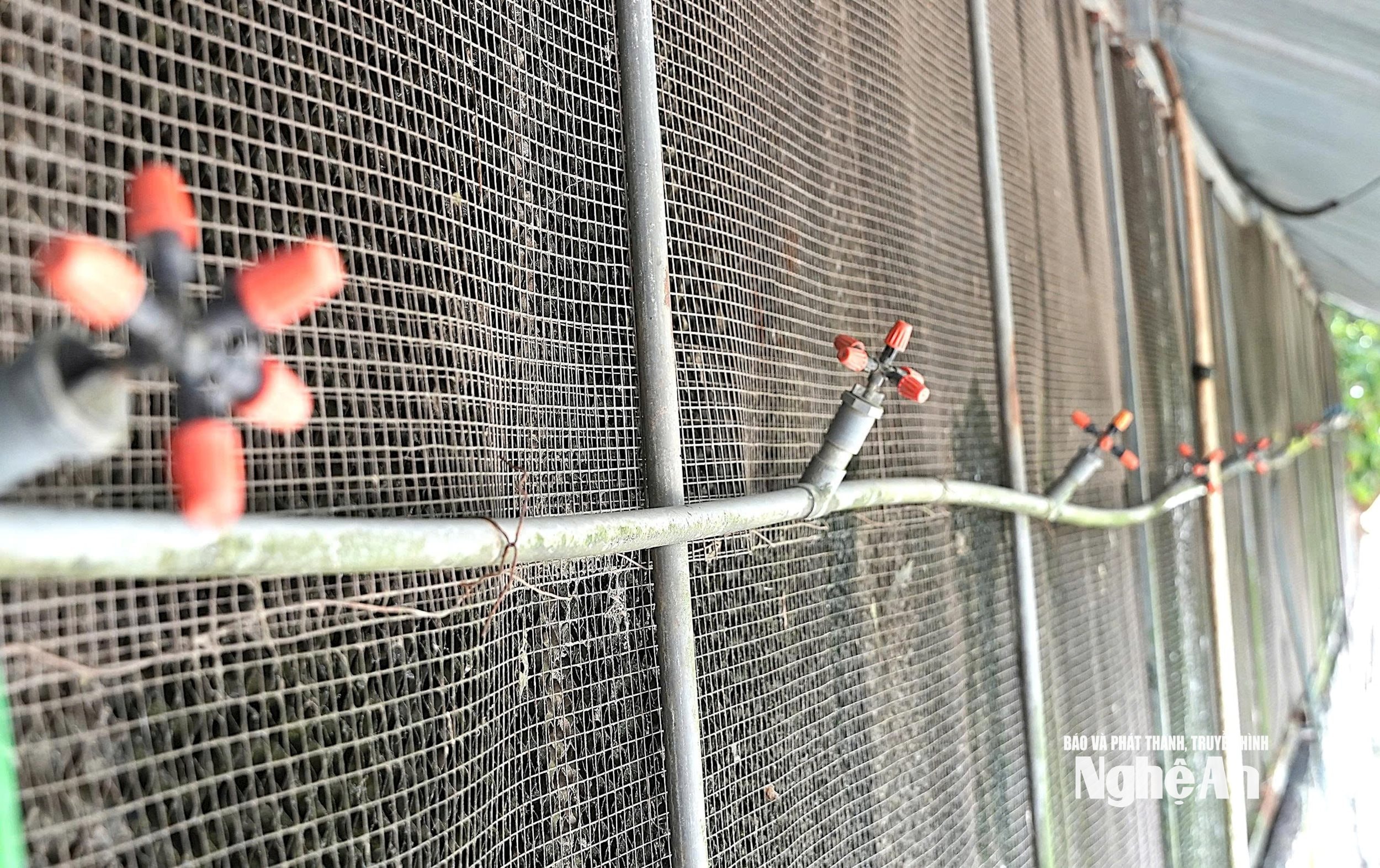
In particular, when combining biosafety with digital technology - from electronic logging, input - output control to Blockchain traceability - livestock farmers not only prevent epidemics better but also create trust in the market, moving towards building a clean agricultural product brand. Mr. Vuong Hong Thai, Chairman of Van An Commune People's Committee affirmed: "This is an inevitable direction. Livestock farming today not only needs productivity but also safety, traceability and environmental friendliness."
In fact, the above models are opening up great prospects for Nghe An's livestock industry. However, to replicate, there needs to be synchronous support in terms of capital, technology, and barn infrastructure, especially for small households. Farmers' Associations at all levels, Agricultural Extension Centers and local authorities need to continue to promote training, technology transfer, and guide people to build a closed livestock chain, apply Blockchain and electronic diaries to control epidemics.
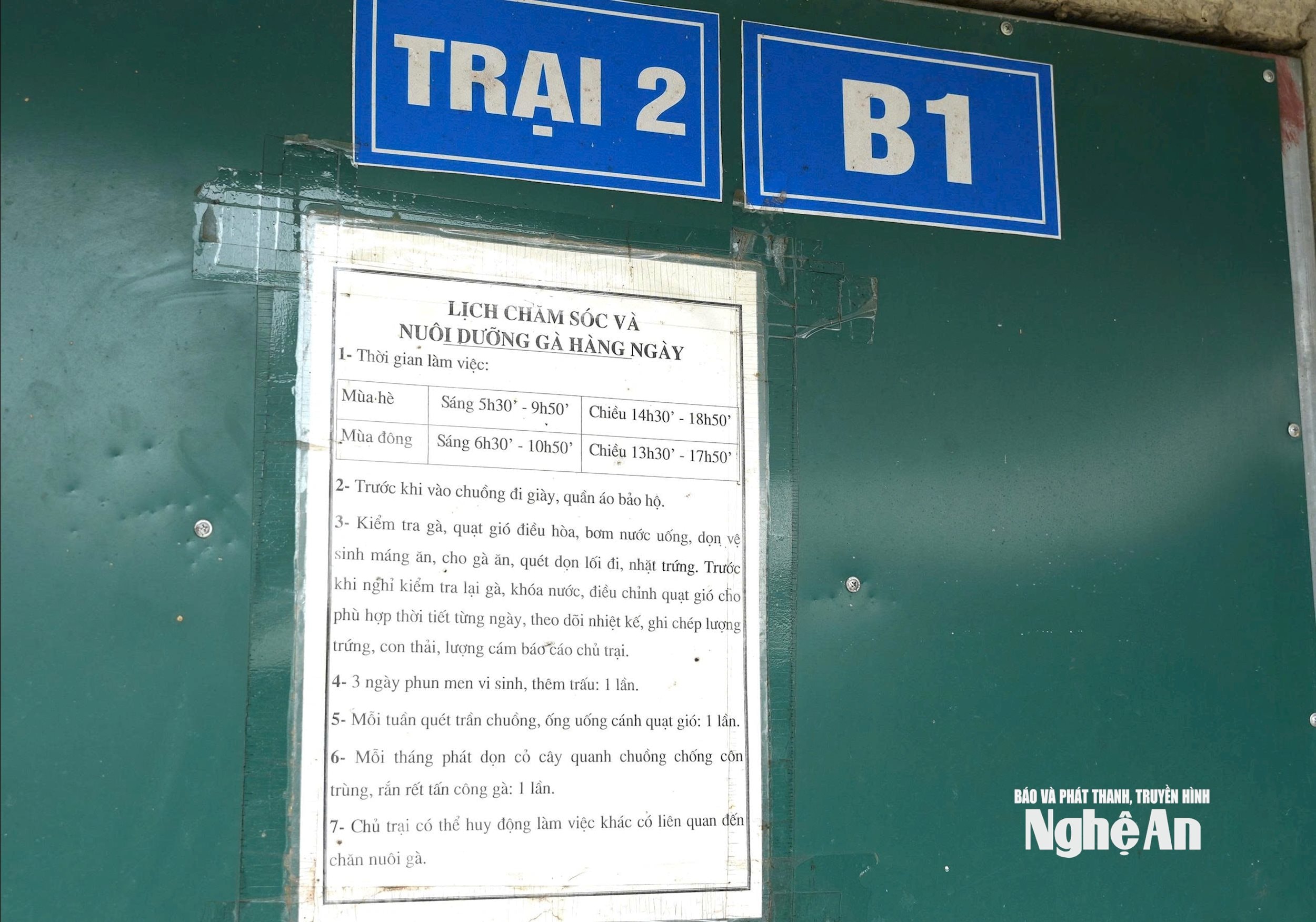
Biosafety farming is not only an urgent solution in disease prevention and control, but also a “green key” to open the door to clean, modern, and sustainable agriculture. When farmers know how to “raise smartly”, treat waste with worms, worms, and probiotics; ferment food; use biological bedding; keep electronic diaries and manage with technology, each farm and each household will become a green cell, contributing to the creation of a circular, efficient, and sustainable agricultural economy.
Source: https://baonghean.vn/nghe-an-huong-toi-nen-chan-nuoi-an-toan-va-so-hoa-10308431.html


![[Photo] Closing ceremony of the 18th Congress of Hanoi Party Committee](https://vphoto.vietnam.vn/thumb/1200x675/vietnam/resource/IMAGE/2025/10/17/1760704850107_ndo_br_1-jpg.webp)
![[Photo] Collecting waste, sowing green seeds](https://vphoto.vietnam.vn/thumb/1200x675/vietnam/resource/IMAGE/2025/10/18/1760786475497_ndo_br_1-jpg.webp)


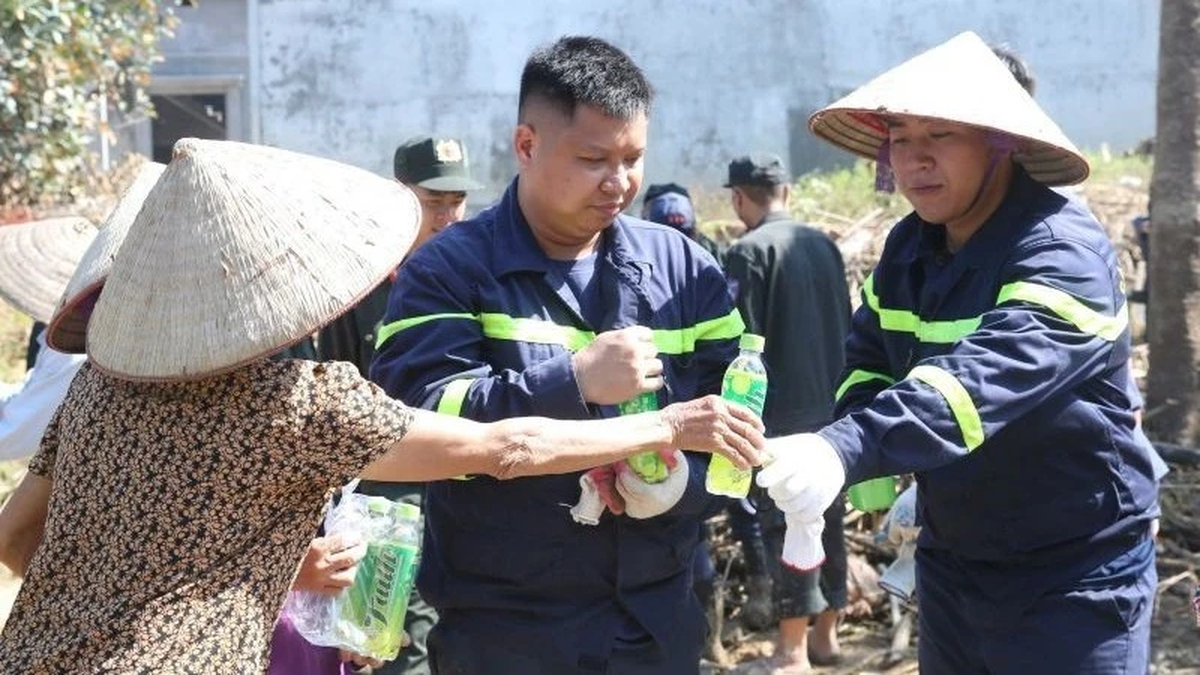
![[Photo] General Secretary To Lam attends the 95th Anniversary of the Party Central Office's Traditional Day](https://vphoto.vietnam.vn/thumb/1200x675/vietnam/resource/IMAGE/2025/10/18/1760784671836_a1-bnd-4476-1940-jpg.webp)
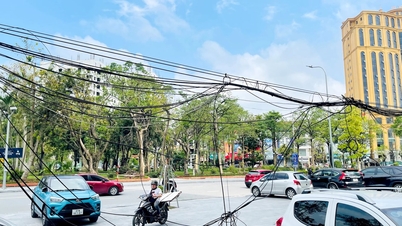
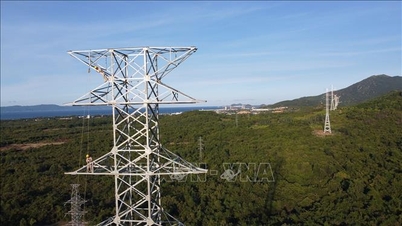

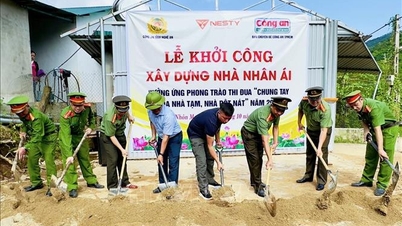
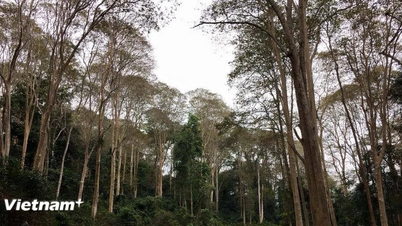


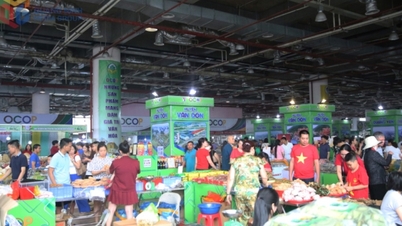



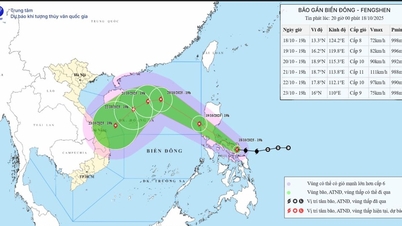
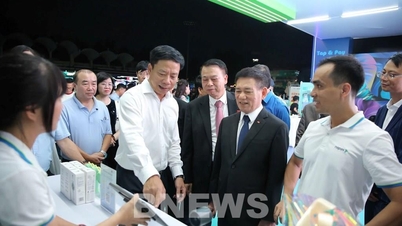



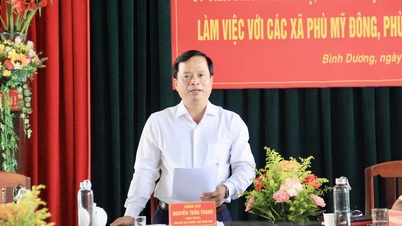







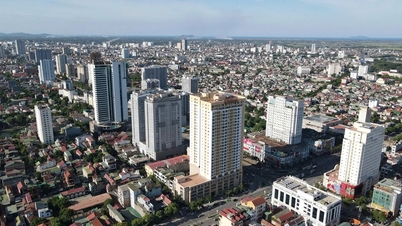

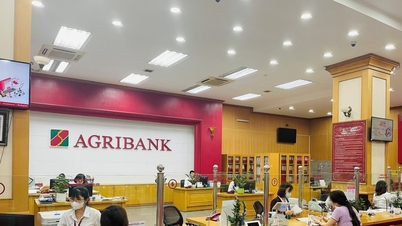







































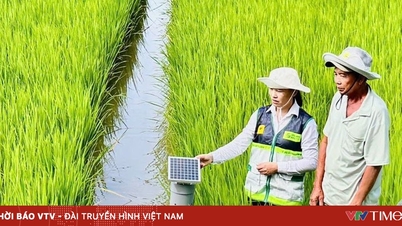










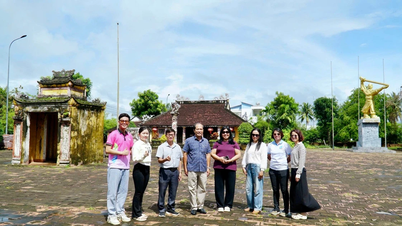

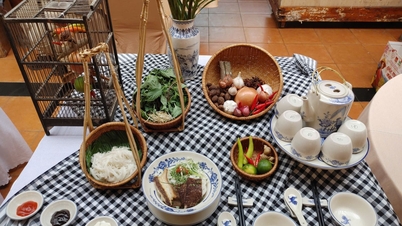
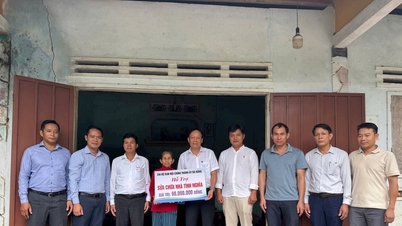

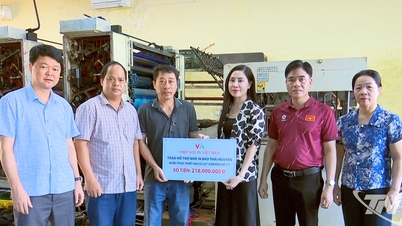
















Comment (0)